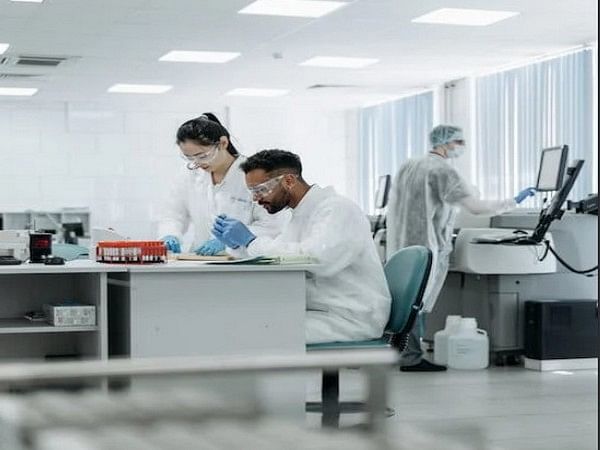Pennsylvania [United States], February 21 (ANI): A novel approach to pain management for men following urethroplasty surgery can minimise the need for powerful opioid medicines without compromising pain control, according to research.
The findings of the study were published in Urology Practice, an Official Journal of the American Urological Association (AUA).
“Over-prescribing of opioids for postoperative pain control has been a major contributor to the opioid epidemic,” comments senior author Boyd R. Viers, MD, of Mayo Clinic, Rochester, Minn. “Our study suggests that a non-opioid care pathway is just as effective in keeping pain under control for men undergoing urethroplasty, while reducing or even eliminating opioid exposure.”
Pathway controls urethroplasty pain with lower opioid doses
Urethroplasty is a common urologic procedure performed to repair scarring inside the urethra – most often caused by inflammation or trauma – which can block the flow of urine out of the body. Previous studies have suggested that opioids are over-prescribed for men undergoing urethroplasty, finding that patients often receive more pills than needed to control pain.
Dr. Viers and colleagues report their department’s experience with a standardized, multimodal pain control pathway, developed in an effort to curb opioid over-prescription. The study included 116 men undergoing outpatient anterior arthroplasty between August 2017 and January 2021.
Beginning in October 2018, doctors shifted prescribing patterns from the typically-prescribed “strong” opioid drug oxycodone (group one) to the atypical or “weak” opioid tramadol (group two), which offers pain relief with fewer side effects. The new pathway also used a new, longer-lasting liposomal form of the local anesthetic bupivacaine, rather than standard bupivacaine.
After surgery, patients were instructed to use alternating doses of the over-the-counter drugs ibuprofen and acetaminophen for pain. They also received a supply of oxycodone or tramadol, to use as needed for uncontrolled “breakthrough” pain. Patients also received a medication called oxybutynin to prevent bladder spasms.
At 72 hours after surgery, both groups reported good pain control: median score of three on a zero-to-10 pain scale. Pain scores were unaffected by the location of the blockage in the urethra, whether a tissue graft was used, or whether the patients received standard or liposomal bupivacaine. However, patients taking tramadol in combination with liposomal bupivacaine had greater reductions in pain, compared to those taking oxycodone: 80% versus 50%.
Toward a ‘narcotic-free’ approach to postoperative pain control
Based on a standard measure converting opioid doses to “morphine equivalents,” the median opioid dose was about half as much in patients receiving tramadol compared to oxycodone: 50 versus 112.5 milligrams.
The men used a median of just two opioid tablets, with nearly one-third of patients using no opioids at all. The researchers noted higher levels of postoperative opioid use (five or more tablets) in patients with previous opioid treatment and in younger patients.
Considering that patients in the oxycodone group were prescribed up to 15 tablets, the findings highlight the problem of opioid over-prescribing after male urethral surgery. Although opioid-reducing pathways have been developed for a wide range of surgical procedures, the new study is the first to focus on men undergoing urethroplasty.
“Even though tramadol is classified as a ‘weak’ opioid, we found it to be just as effective as the standard ‘strong’ opioid oxycodone in controlling pain after urethral surgery in men,” Dr. Viers comments. “Ultimately, our goal is to develop approaches targeting multiple pain pathways, along with patient counseling, in order to transition to a fully narcotic-free pathway.” (ANI)
This report is auto-generated from ANI news service. ThePrint holds no responsibility for its content.



